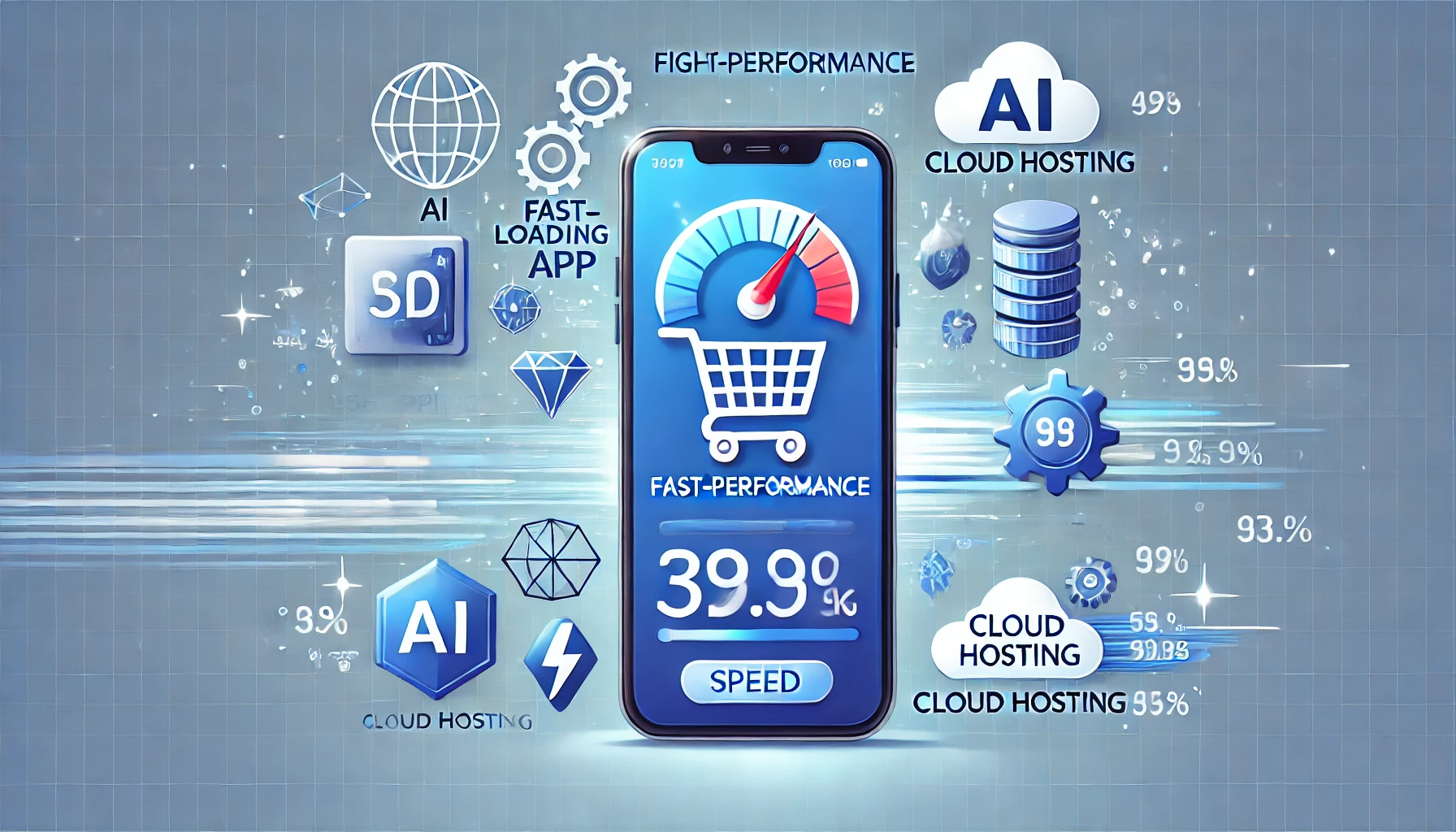How to Optimize Your eCommerce App for High Performance and Speed?

Strong 8k brings an ultra-HD IPTV experience to your living room and your pocket.
In today's fast-moving digital world, customers expect eCommerce apps to load quickly and run smoothly. Studies show that even a one-second delay in app load time can reduce conversions by up to 20%
A slow app can lead to low sales, bad reviews, and frustrated customers. To stay ahead, businesses must focus on optimizing their eCommerce apps for speed, performance, and user experience.
If you are looking for an eCommerce app development company, this guide will help you understand how to make your app faster and more efficient.
Why Speed and Performance Matter in eCommerce?
A slow-loading app can hurt your business in many ways:
- Higher Bounce Rate – Customers will leave your app if it takes too long to load.
- Lower Conversions – Faster apps lead to more sales and better customer engagement.
- SEO Ranking – Google ranks fast-loading apps higher in search results.
- Better User Experience – A smooth and responsive app keeps customers happy and coming back.
9 Ways to Optimize Your eCommerce App for speed
1. Use a Lightweight App Design
A complex design with too many animations, images, and unnecessary features can slow down your app. Keep the design simple, clean, and easy to navigate.
2. Optimize Images and Media Files
- Use compressed images in WebP or JPEG format to reduce file size.
- Avoid using too many high-resolution images unless necessary.
- Implement lazy loading, so images load only when needed.
3. Minimize HTTP Requests
Every image, script, or CSS file in your app requires an HTTP request. Too many requests can slow down your app. Reduce them by:
- Combining CSS and JavaScript files
- Using browser caching to store frequently accessed files
- Removing unused plugins and scripts
4. Use a Content Delivery Network (CDN)
A CDN helps distribute app content across multiple servers worldwide. This makes loading faster, no matter where the user is located.
5. Optimize Your Database
Slow database queries can reduce app performance. Improve database speed by:
- Removing unnecessary data
- Using indexes for quick search results
- Optimizing database queries
6. Implement Caching Techniques
Caching stores frequently accessed data so that it loads faster. Use:
- Server-side caching to reduce backend processing time
- Client-side caching to store images and static content
- APIs with caching to load dynamic content faster
7. Choose the Right Hosting and Backend Infrastructure
Your app's performance depends on its server and hosting environment. Invest in a high-speed cloud hosting service like AWS, Google Cloud, or Microsoft Azure for better performance.
8. Reduce App Size
A smaller app size ensures faster downloads and smoother performance. Reduce app size by:
- Removing unused libraries and code
- Using on-demand loading for less-used features
- Compressing app files before deployment
9. Use AI-Powered Chatbots for Faster Customer Support
AI chatbots can instantly answer customer queries, reducing the load on customer service teams. This improves user experience and keeps customers engaged without delays.
Testing and Continuous Optimization
1. Run Performance Tests Regularly
Use tools like:
- Google Lighthouse – Tests app performance and suggests improvements.
- GTmetrix – Analyzes load times and gives optimization tips.
- App Store Testing – Ensure your app runs smoothly across different devices.
2. Monitor Real-Time Analytics
Track user behavior and app speed using Google Analytics or Firebase to identify areas for improvement.
3. Fix Bugs and Keep Updating
Even a small bug can slow down your app. Regular updates help fix performance issues and keep the app fast and secure.
4. The Role of AI in eCommerce App Optimization
Artificial Intelligence is transforming eCommerce apps. AI can help:
- Predict user behavior for personalized shopping experiences.
- Optimize search functionality with AI-driven smart search.
- Reduce load times by automating image and content optimization.
Conclusion
Optimizing your eCommerce app for high performance and speed is essential to keep customers happy and increase sales. Focus on fast-loading design, AI-driven automation, and strong backend support to create a seamless shopping experience.
By following these best practices, you can ensure your app stays competitive in the growing eCommerce market.
Note: IndiBlogHub features both user-submitted and editorial content. We do not verify third-party contributions. Read our Disclaimer and Privacy Policyfor details.



